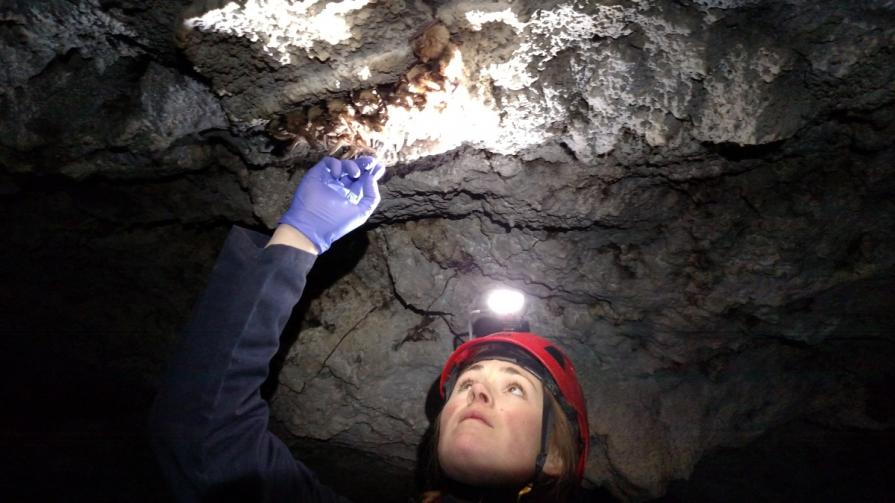
Idaho Caves and Karst
Did you know that central Idaho’s public lands near Shoshone are home to the highest number of caves within the lands managed by the BLM?
The McKinney Butte and Tee-Maze Areas of Critical Environmental Concern were designated to recognize and protect the high concentration of cave resources in these areas. There are 27 significant caves within these Areas of Critical Environmental Concern that contain important cultural, paleontological, geologic and wildlife values. The geologic features in several of the caves are unique to Idaho caves in their variety, abundance and virtually undisturbed condition. A number of the caves provide hibernation habitat for Townsend’s big-eared bats, a BLM sensitive species.
Numerous forms of life live in these cave systems, some of which are extremely fragile. Take care not to disturb the ecosystems that have been in place and developing for thousands of years. You may encounter bats, owls, snakes, various insects and rodents. Micro-organisms such as fungi and bacteria also live underground. These forms of life all interact with and depend on each other for survival.
Idaho is home to 14 different bat species. Bats are a vital component of a healthy ecosystem, as they are able to consume millions of pounds of insects annually, helping many of southern Idaho’s farmers reduce the need for pesticides. Learn about the benefits of bats.
Bats are currently being impacted by a disease called White Nose Syndrome, which affects hibernating bats. The BLM partners with local caving groups like the Silver Sage and Gem State Grottos to help manage and protect caves, and to help monitor wildlife and other special resources.
Data from monitoring wildlife are shared with the BLM, which uses the information for future management of caves. The groups also host public caving trips to educate visitors about cave protection and ethics.
